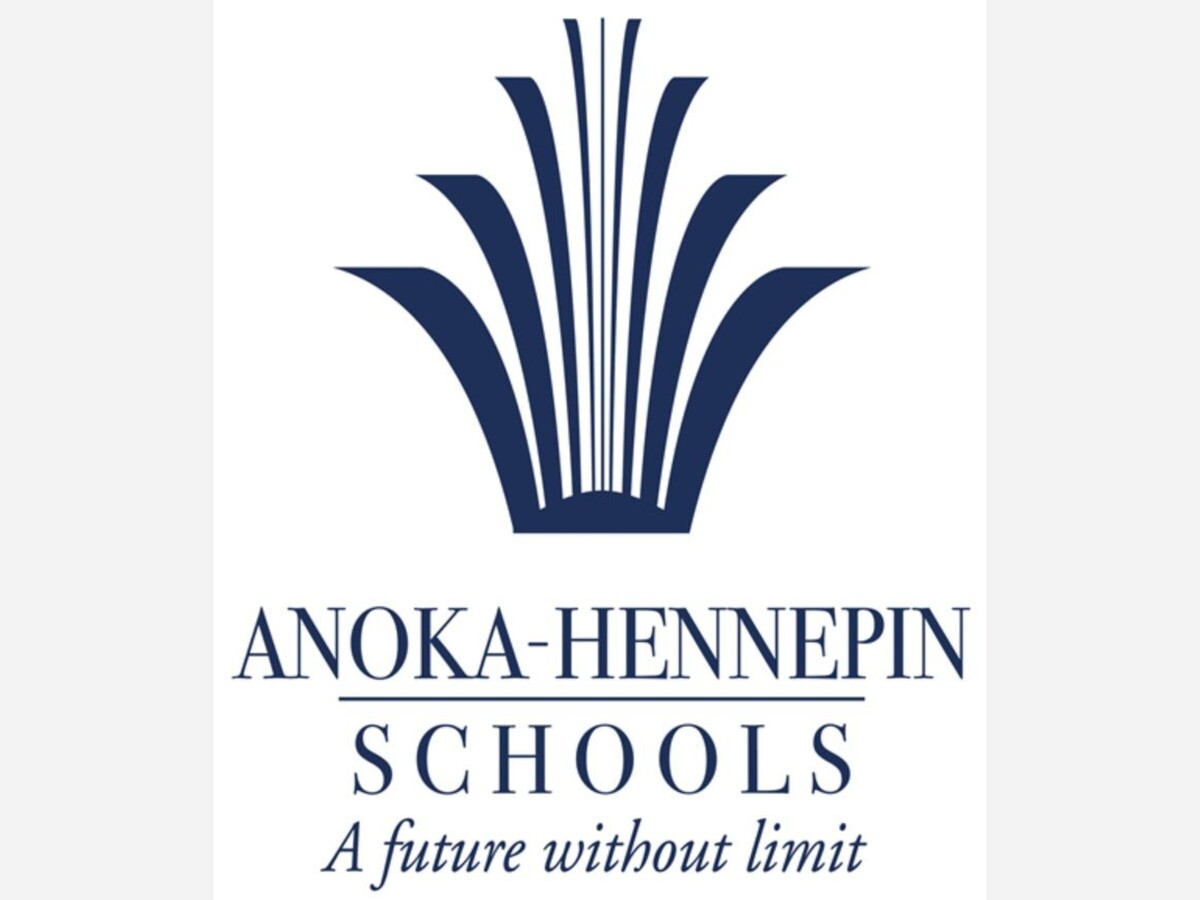Image


ANDOVER, Minn. — October 31, 2025
The Anoka-Hennepin School Board — governing Minnesota’s largest school district — is confronting significant fiscal and personnel challenges as it works to finalize its 2024–2025 budget. At a recent meeting, board members and district leaders deliberated over how to address deepening budget cuts, surging healthcare costs, and growing concerns about teacher retention amid the financial strain.
Budget Pressures and the Human Cost
The Anoka-Hennepin School District, which serves more than 37,000 students across 40 schools, has already undergone multiple phases of budget reductions as part of a districtwide effort to address a multi-million-dollar shortfall. Superintendent Cory McIntyre has attributed the financial strain to a combination of expiring federal pandemic relief funds, inflationary pressures, and operational costs that continue to outpace state revenue growth.
During the latest board meeting, educators and parents voiced concerns about the ripple effects of rising healthcare costs on teachers’ take-home pay and morale — warning that the district risks losing more staff if benefits and compensation remain uncompetitive. Administrators acknowledged that employee healthcare rates and benefit design are central topics in ongoing negotiations with bargaining groups, underscoring the difficult balance between fiscal responsibility and staff well-being.
Board members also explored options to mitigate the impact of cuts, including central office reductions, phased budget adjustments, and policy revisions that could preserve classroom resources. However, officials cautioned that further reductions may still affect programming and student services.
Teacher Retention in a Shifting Landscape
The issue of teacher retention remains deeply intertwined with the district’s budget and benefits debate. Educators nationwide — and in Minnesota — continue to grapple with increasing workloads, burnout, and a perceived decline in institutional support. Research shows that staffing costs, including insurance premiums and pension obligations, account for the majority of public education expenditures (Minnesota Senate, 2021).
Historically, public schools offered a modest salary paired with reliable retirement and healthcare benefits — a tradeoff that helped stabilize the teaching workforce. Yet, shifts in retirement structures and rising insurance costs have eroded that balance. As a 2020 ERIC analysis noted, newer educators now often face “mediocre pay and diminishing benefits,” making the profession less attractive to incoming teachers.
These trends have contributed to what many educators describe as a “revolving door” effect — a cycle of high turnover, secondary trauma, and increasing workloads, further compounding the staffing challenges that districts like Anoka-Hennepin are struggling to manage (DigitalCommons@Hamline, 2000).
Curriculum and Policy Revisions Continue Amid Fiscal Strain
Despite the financial turbulence, the board’s agenda extended beyond budgetary matters. Members also discussed curriculum access, grading policies, and student performance metrics — part of ongoing efforts to maintain academic standards even as resources tighten.
One of the more debated topics was Standards-Based Grading (SBG), a model that evaluates student mastery of specific skills rather than cumulative test performance. Supporters argue SBG provides clearer feedback to students and parents, while critics contend it adds inconsistency and confusion. The method remains a point of contention across Minnesota districts, including within Anoka-Hennepin (Spark, n.d.).
Board members also reviewed data tied to student performance disparities, especially among students of color and economically disadvantaged students — a persistent challenge in Minnesota’s education system (DigitalCommons@Hamline, 2023). Several policy updates were proposed to align district operations with state education standards and equity goals.
Looking Ahead
The Anoka-Hennepin School Board will continue public deliberations this fall before finalizing its next round of reductions. District officials emphasize they are working to shield classrooms and student programming where possible. Still, as community members and educators reminded the board, financial prudence must be weighed against the district’s ability to recruit, retain, and support quality teachers — the cornerstone of student success.